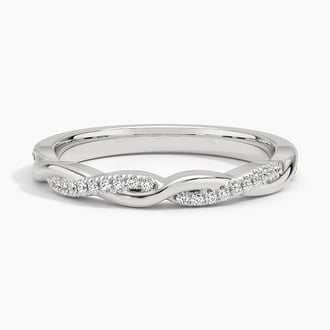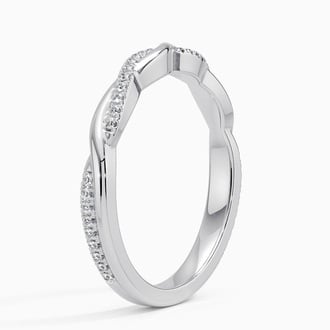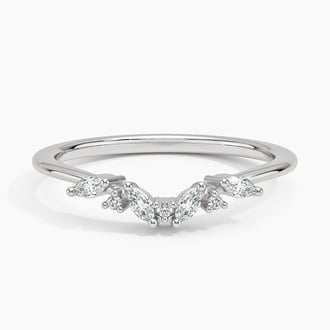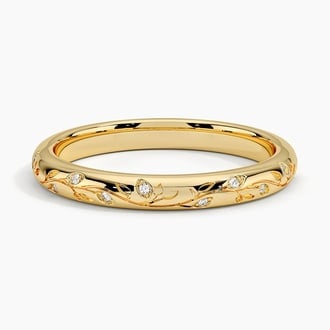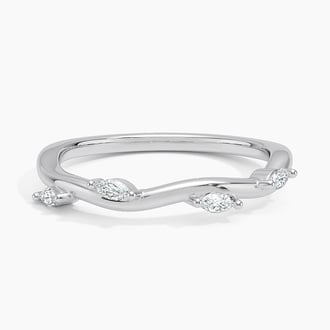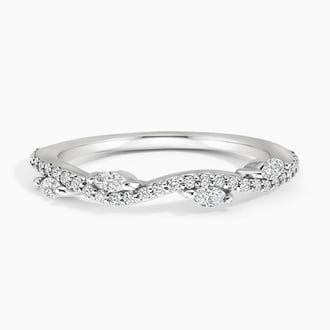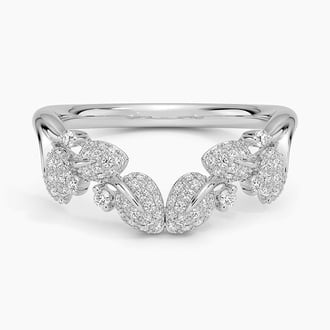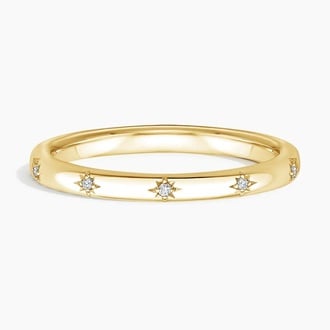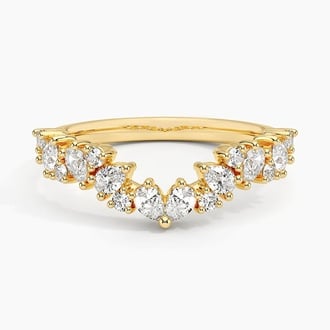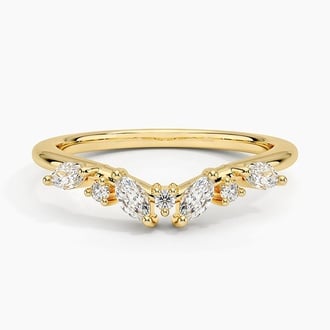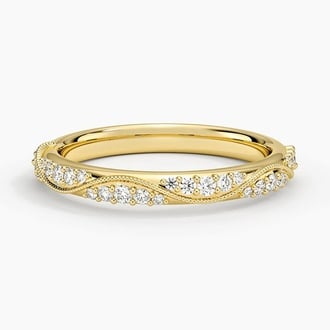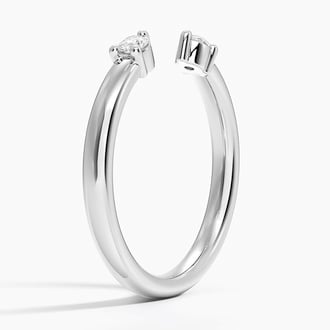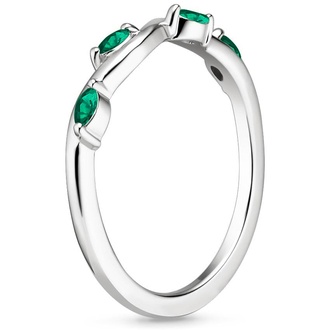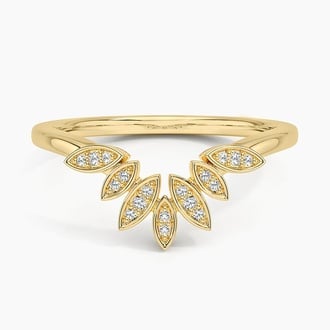There is nothing more awe-inspiring than the great outdoors, where natural beauty and symmetry abound. Cue our nature wedding rings, where cutting-edge design practices meet nature-inspired motifs to create miraculous yet earthy pieces of fine jewelry. These designs draw inspiration from the charming color and delicate petals of flowers, the strength and beauty of leaves and vines, and abstract forms discovered in manicured gardens or the depths of jungles.
Brilliant Earth nature wedding rings go beyond simply mirroring the beauty found in nature. We give back to the Earth through our standard-setting mission to cultivate a more transparent, sustainable, and compassionate jewelry industry. Through recycled precious metals, Beyond Conflict FreeTM diamonds and give-back initiatives, we are as committed to protecting and honoring nature as we are to creating jewelry inspired by it.























